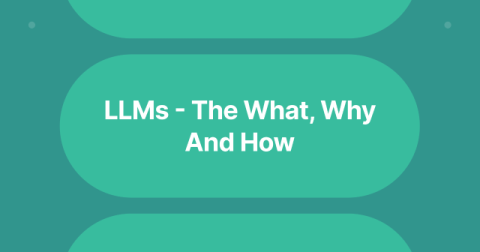New cybersecurity threat-focused reports from ENISA
The latest ENISA reports help inform about threat response and a more effective, risk-based approach to cybersecurity In December 2024, the European Union Agency for Cybersecurity (ENISA) released its first-ever report on the state of cybersecurity in the Union. The report, which was prepared in accordance with Article 18 of the NIS2 Directive, is a comprehensive, evidence-based overview of the cybersecurity ecosystem across EU Member States.









